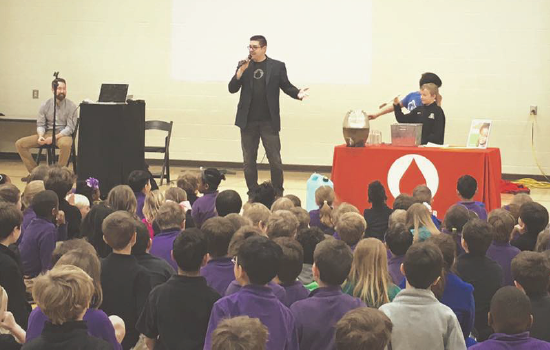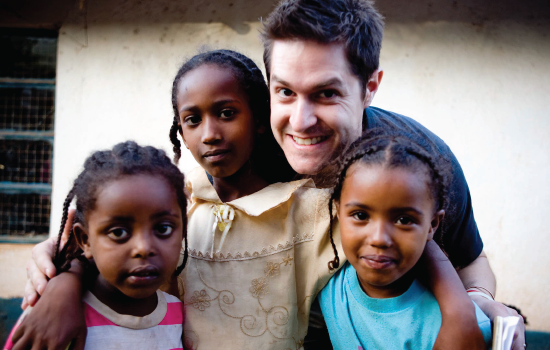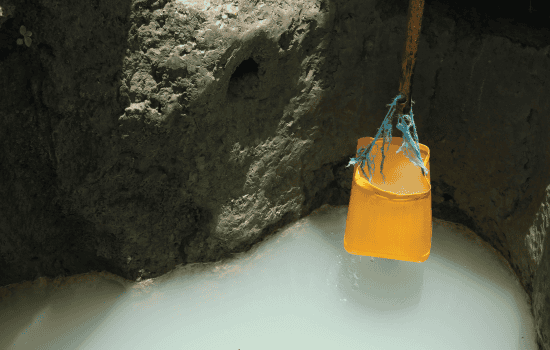In a two-part blog, Blood:Water founder and senior development officer, Dan Haseltine, shares what makes Blood:Water so unique in the way it works.
PART I: SHARED EXPERIENCES
“Just let me do it!” The words came out as more of a frustrated sigh than a full-voiced command. But as he nudged me out of the way, I could feel my powerlessness well up. Any hopes that I could solve my own problem had been turned to a guttural lump of shame and I slumped out of the way to take shape as a puddle of dissolving dignity. I felt worthless.
I find that the memories I have surrounding feelings of inadequacy born out of someone’s impatient interception of effort and skill are some of the most powerfully charged memories I have. I was a kid with low self-esteem who spent a lot of time convincing myself that I could complete a task, or build something, or become someone great. Some people have an internal voice that affirms them to the point that they actually feel like they could do ANYTHING they want and be good at it. My internal voice was the opposite. I was often convinced that I would fail before I even began a task or faced a challenge, and the kind of rebar in concrete, reinforcement woven into my mind from failures was so incredibly difficult to dismantle or rebut that I often never did.
I have wrestled those negative thoughts down into a much more manageable and domesticated animal, but that does not mean that I do not stand in front of the tools for a good couple hours fending off the growls of self pre-defeat at the onset of a project.
I wonder what I could’ve done in the world had I not had to wade through the tar pits of self-doubt and project paralysis at the front of everything I conjured or attempted to pursue.
But this writing exercise is not supposed to be about me. In the communities where Blood:Water works, there are people who share the experience of self-doubt, ingrained confirmation of their weakness, and inability to affect their own destiny. I once worked in an office that had an old clock that emitted a constant, low, humming noise. It would drive me crazy for a little while until my ear got used to it and I became deaf to it.
Poverty and disease work like that old clock on the minds of people caught in their cycles. Only the low, humming noise sings with a mantra bent on destroying the value of a human being. Every day, people wake up in the grip of disease and other effects of poverty. And although people attempt to answer core questions like, “Do I matter?” and “Do I have what it takes?,” or “Am I capable?” and “Do I have any value in the world?” in the affirmative, poverty keeps telling them that they do not matter, that they do not have what it takes, that they are not capable, and ultimately they do not have any value in the world. Eventually, poverty keeps humming along while everyone caught within earshot gets used to it while it continues along in its corrosive, low tone, undermining all creative inspirations for positive change in a community.
Eventually, people believe the humming sound. How could a person not? And when the shiny Land Cruisers drive up and the pale white, pink-nosed men wearing khaki pants and the latest North Face UV protective safari shirts with their organizational logo embroidered above the pocket, step out and say, “Just move over and let me do this,” there is very little resistance from the people in the local community. They already knew they couldn’t do anything to help themselves.





